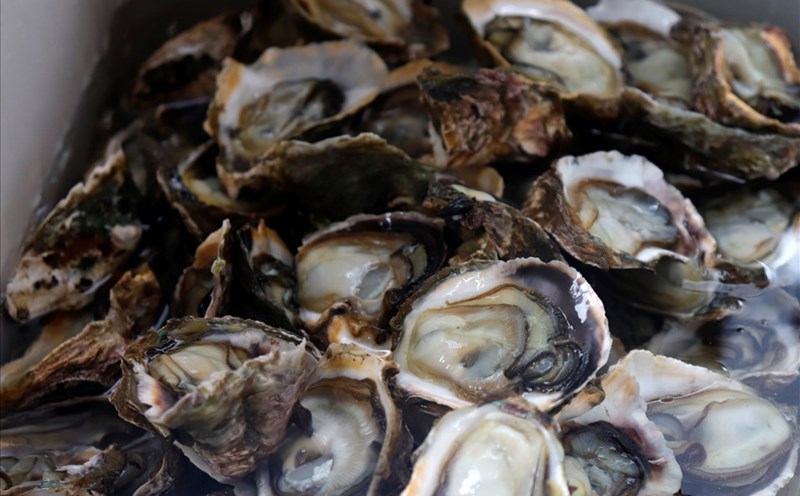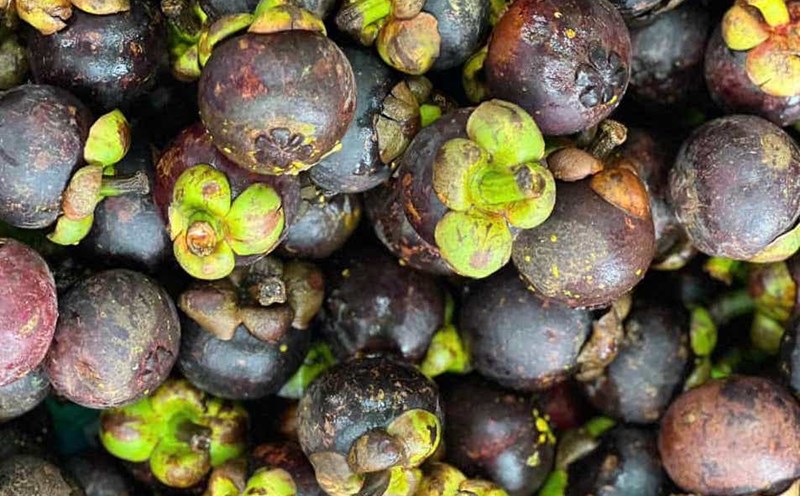Modern nutritional studies have shown that consuming an appropriate amount of melon can be safe, even bringing metabolic benefits to people with diabetes, if combined with a scientific diet and controlling glycemic index (GI).
According to the database of the American Diabetes Association (ADA) and the Australian Nutrition Research Organization, the glycemic index (GI) of melon is between 65 - 70, in the average group.
However, the glycemic load (GL) of a small serving (100g of pears) is only 4-5, which does not cause a spike in blood glucose if eaten properly and in moderation.
Pears mainly contain water (more than 90%) and natural sugar (fructose) - a sugar with a lower GI than glucose, and when consumed with fiber, protein or healthy fats, the possibility of increasing blood sugar will be significantly reduced.
Watermelon is rich in potassium and water, helping to maintain electrolyte balance, especially important for people with diabetes who are prone to dehydration due to high urine. The cool, sweet taste of nature also helps reduce cravings for industrial sugar, thereby supporting better control of sweet portions.
How to eat pearls suitable for people with high blood sugar
Eat in the morning or mid-session
The best time to eat melon is in the mid-morning or late afternoon, when blood sugar is more stable and the body needs more water and fiber. Avoid eating sweet fruits after dinner - a time when the body rests and metabolizes more slowly, easily causing sugar accumulation.
Combined with protein or good fat sources
To reduce the impact of sugar in melon on blood pressure, eat it with a few nuts (almonds, walnuts) or unsweetened Greek yogurt. Supplementing protein/fat will slow down glucose absorption, reducing the risk of increased blood sugar after eating.
Do not squeeze pear juice, avoid overripe melons
personnel juice removes fiber, increasing blood sugar levels faster. Prioritize eating the pieces whole, just cooked. Overripe melons have a higher sugar content and less fiber - easily causing glucose spikes.
Who should be cautious when eating melon?
People with blood sugar >10 mmol/L when hungry should temporarily avoid melon until stable.
People with digestive disorders should eat small amounts, because melon can cause a cold belly if eaten too much.









